Nestled along the sparkling Adriatic coast, Croatia boasts a wine tradition as rich as its rugged landscapes. From the ancient vineyards that carpet its hillsides to the modern wineries dotting its countryside, the story of Croatian wine is one of resilience, passion, and exquisite flavours.
A Sip Through History
Croatia’s wine story dates to the time of the Illyrians, an ancient people who first cultivated vines along the Dalmatian coast. With the arrival of the Greeks and later the Romans, viticulture flourished, and wine became an integral part of Croatian culture.
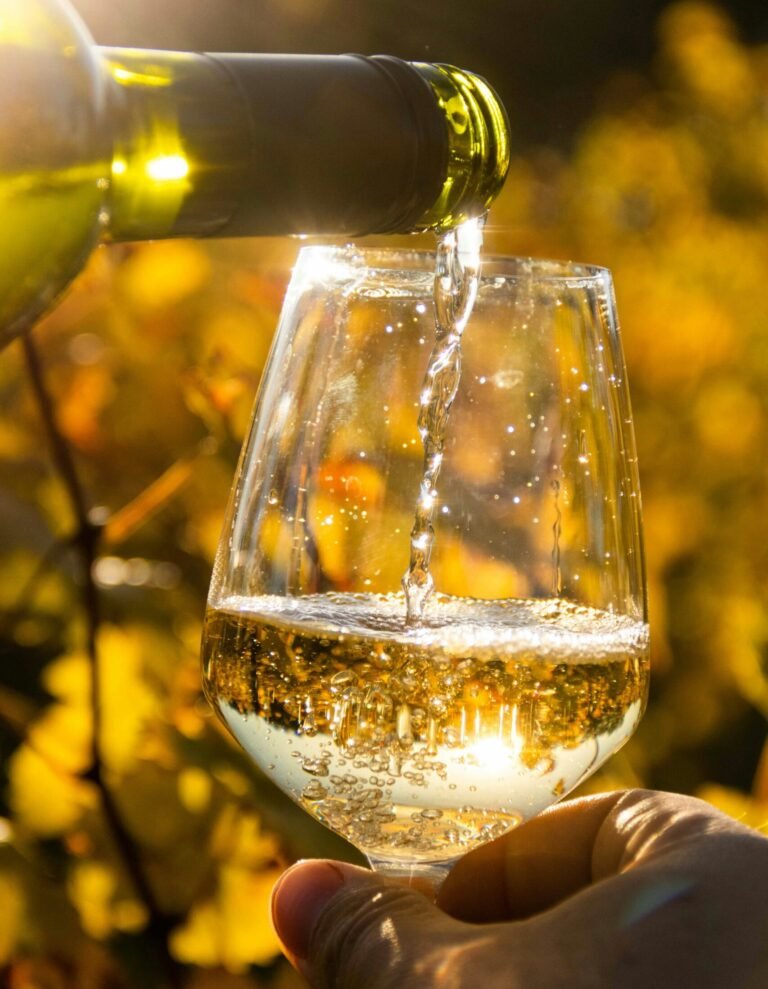
Throughout history, Croatian wine has weathered conquests, wars, and changing political tides. Yet, it persevered, adapting, and evolving with each passing era. From the medieval monasteries that safeguarded winemaking knowledge to the noble families who refined the art, Croatia’s vinicultural legacy endured.
The Vineyard Tapestry: Grape Varieties of Note
- Plavac Mali: Crown jewel of Dalmatia, this robust red grape thrives in the sun-kissed soils of the Pelješac Peninsula. With its deep colour, rich tannins, and notes of dark berries, Plavac Mali produces wines of remarkable depth and complexity.
- Malvasia Istriana: Hailing from the Istrian peninsula, Malvasia Istriana is a white grape celebrated for its crisp acidity and floral aromas. Whether crafted into a dry, mineral-driven wine or a luscious, honeyed dessert sipper, Malvasia captivates with its versatility.
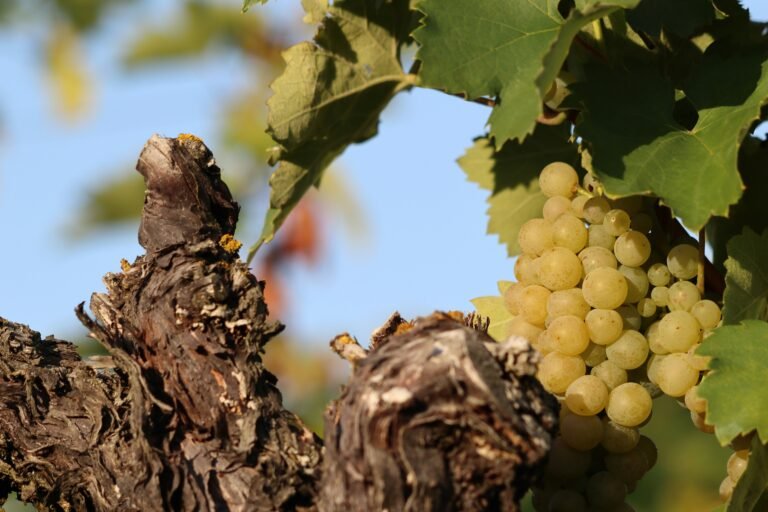
- Graševina: Croatia’s most planted white grape, Graševina thrives in the continental climate of Slavonia and Podunavlje. Known for its refreshing acidity, delicate fruit flavours, and easy-drinking nature, Graševina is a beloved staple of Croatian tables.
- Teran: Native to Istria, Teran yields wines of striking colour and intensity. With its firm tannins, vibrant acidity, and pronounced berry character, Teran captures the essence of its terroir, offering a sensory journey through Istria’s rugged landscapes.
The Wine Regions of Croatia: Exploring Diversity
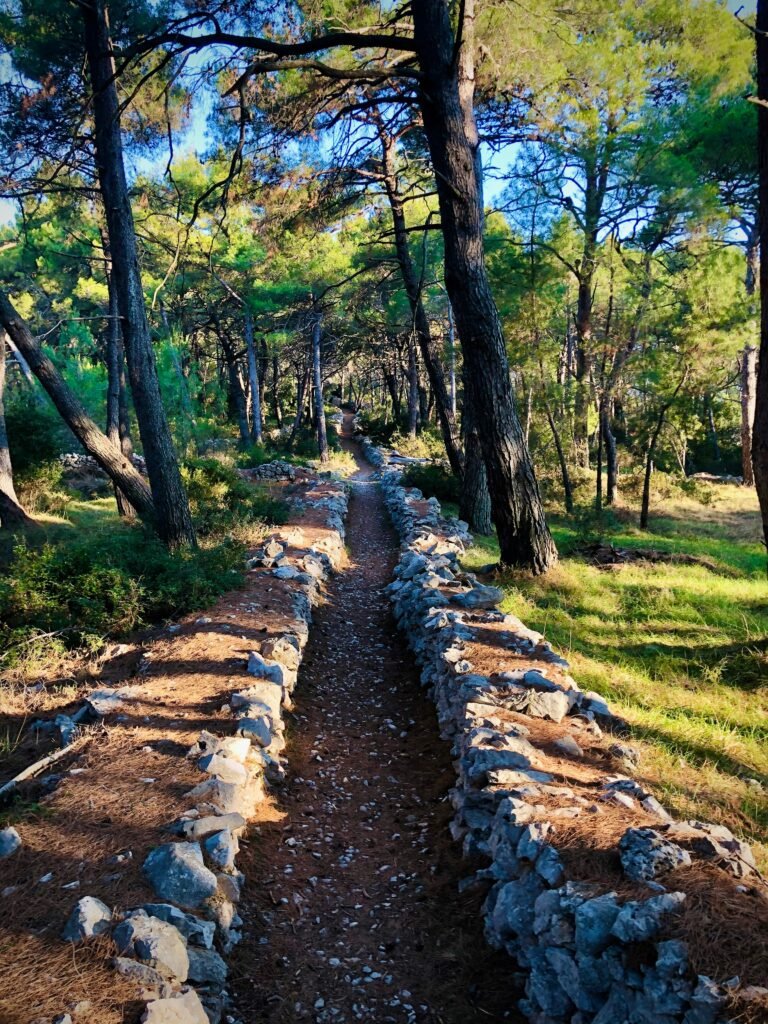
1. Istria
Located in northwestern Croatia, Istria borders with Slovenia and the Adriatic Sea. Its diverse landscape ranges from rolling hills to coastal plains, providing a variety of microclimates ideal for winemaking. Known for its mineral-rich soil and Mediterranean climate, Istria produces elegant whites like Malvasia and vibrant reds like Teran.
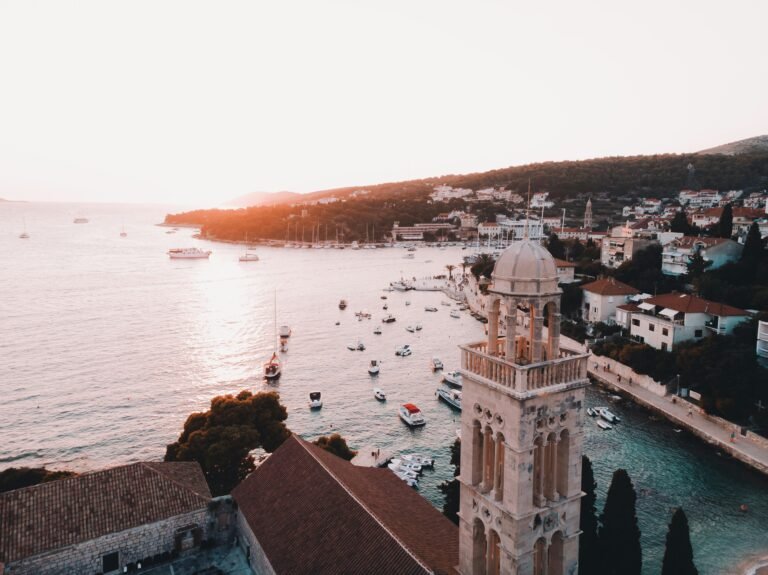
2. Dalmatia
Dalmatia stretches along Croatia’s Adriatic coast, from Zadar to Dubrovnik. Dalmatia’s rugged terrain is characterized by limestone cliffs, sea-battered islands, and sun-drenched slopes. Home to Croatia’s iconic Plavac Mali grape, Dalmatia crafts bold reds and aromatic whites, with wines reflecting the region’s maritime influence and Mediterranean charm.
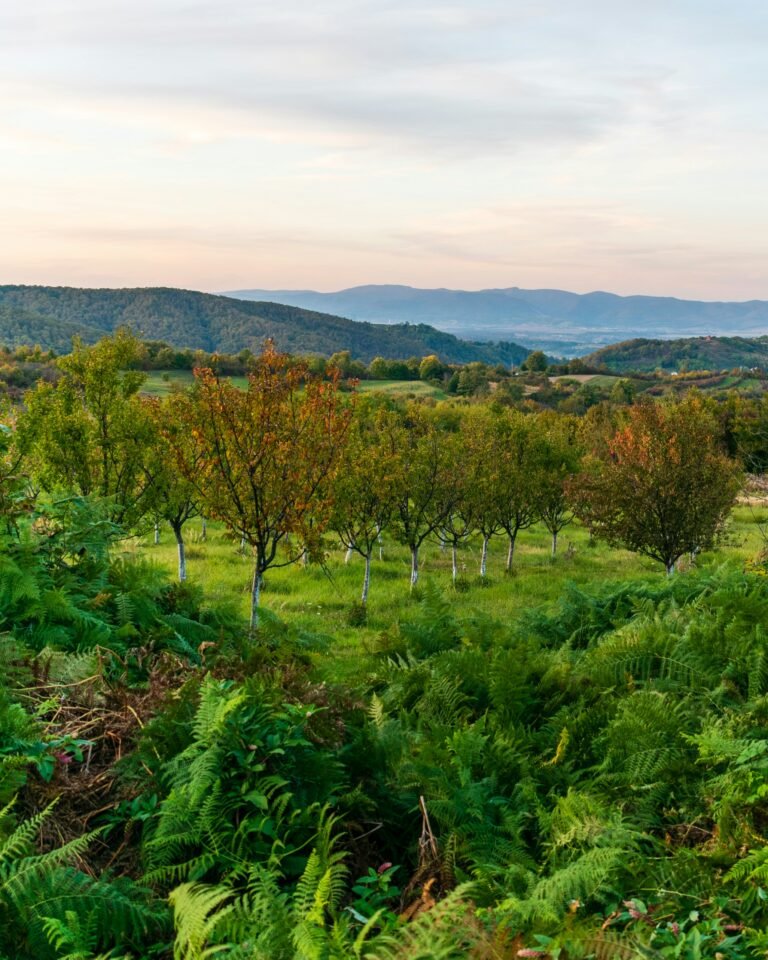
3. Slavonia and Baranja
Located in eastern Croatia, bordering Hungary and Serbia. Slavonia’s flat plains and river valleys contrast with the gentle hills of Baranja, creating a diverse winemaking landscape. Known for its continental climate and fertile soils, Slavonia and Baranja produce crisp whites like Graševina and rich reds like Frankovka, showcasing the region’s agricultural heritage.
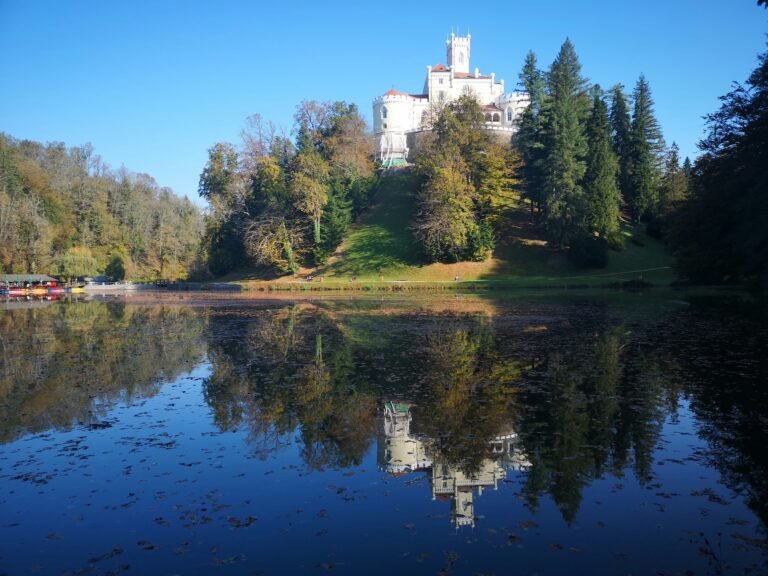
4. Croatian Uplands
Located in central Croatia, encompassing Zagorje, Pokuplje, and Moslavina. The Croatian uplands feature rolling hills, lush valleys, and fertile plains, offering a cooler climate ideal for white varietals. With a focus on aromatic whites like Riesling and Müller-Thurgau, the Croatian uplands produce elegant, food-friendly wines that reflect the region’s alpine terroir.
Journey Through the Vineyards: A 6-Day Itinerary
To fully immerse yourself in Croatia’s diverse wine regions, we recommend indulging in a leisurely exploration, dedicating a minimum of 4-5 days to each area. Croatia offers an array of experience beyond its renowned wine culture, including it Roman architectural heritage, stunning landscapes, and pristine beaches, that are sure to leave you yearning for more of this enchanting country.
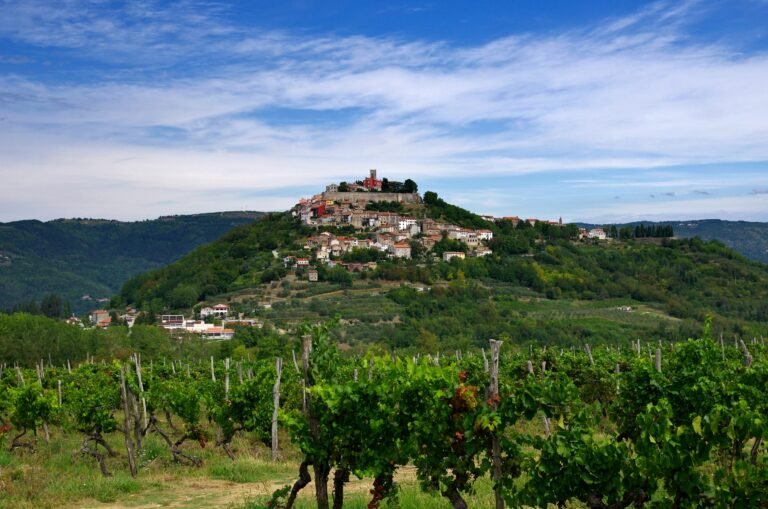
However, for those seeking a comprehensive Croatian adventure in a condensed timeframe, our WineTravel guide has curated an exhilarating 5-day itinerary to showcase the best of Croatia’s wine regions:
- Day 1: Zagreb and Zagorje: In the morning, explore Zagreb’s historic Upper Town before venturing into Zagorje, known for its charming villages and family-run wineries. Then visit Varaždin, the “Little Vienna” of Croatia, and savour local wines amid its baroque splendour. End the day by indulging in traditional Croatian cuisine paired with regional wines at a local tavern.
- Day 2: Slavonia and Baranja: Journey early to Slavonia’s heartland, where vast vineyards stretch as far as the eye can see. Tour the renowned Kutjevo wine region, home to centuries-old wineries and the legendary Graševina grape. In the evening, sample authentic Slavonian dishes and rare wine varietals at a rustic countryside inn.
- Day 3: Istria – The Land of Truffles and Terroir: In the morning, embark on a truffle-hunting adventure in Istria’s oak forests, followed by a visit to a local winery specializing in Teran and Malvasia. Discover the medieval charm of Motovun and enjoy panoramic views of Istria’s vine-clad hills. Delight your palate with a gourmet truffle-infused dinner paired with Istrian wines.
- Day 4: Kvarner Bay and Island Hopping: Set sail for the idyllic islands of Kvarner Bay, where sun-drenched vineyards fringe azure waters. Explore the winemaking traditions of Krk and Cres, sampling indigenous varietals like Žlahtina and Vrbnička Žlahtina. Enjoy a seafood feast at a waterfront tavern, accompanied by crisp local whites and rosés.
- Day 5: Dalmatia – Sun, Sea, and Plavac Mali: Arrive in Split in the morning and embark on a guided tour of Diocletian’s Palace, a UNESCO World Heritage site. Journey to the rugged slopes of Pelješac Peninsula, home to Croatia’s prized Plavac Mali vineyards. Savor a sunset wine tasting overlooking the Adriatic Sea, followed by a seafood barbecue paired with bold reds.
- Day 6: Dubrovnik – The Pearl of the Adriatic: Explore Dubrovnik’s ancient streets and medieval walls, soaking in the city’s timeless beauty. Venture to Konavle Valley, where boutique wineries produce exceptional wines amidst olive groves and vineyards. Conclude your journey with a farewell dinner featuring local specialties and panoramic views of the Adriatic coastline.
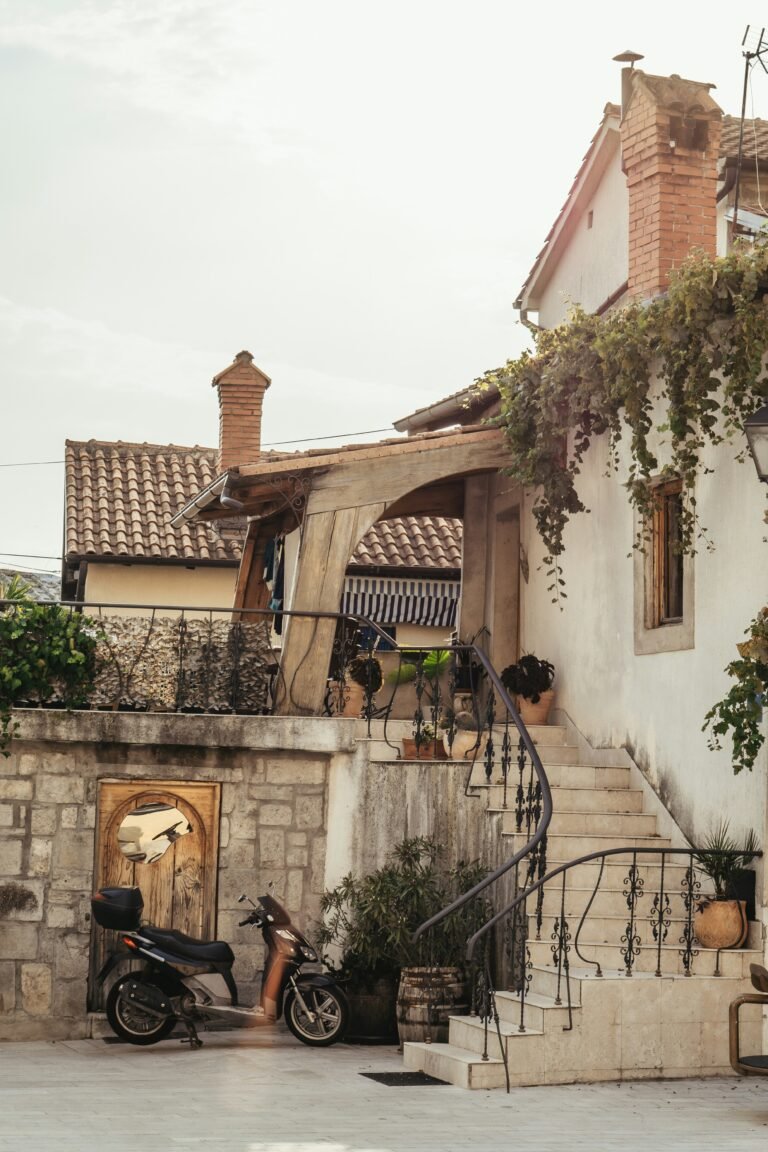
From the verdant hills of Zagorje to the sun-drenched shores of Dalmatia, Croatia beckons with a tapestry of flavours waiting to be discovered. Whether you’re sipping crisp whites in Istria, bold reds in Dalmatia, or elegant whites in Slavonia, each glass tells a story of tradition, innovation, and the timeless allure of Croatian wine. Raise your glass, toast to adventure, and let Croatia’s vinicultural treasures unfold before you. Cheers!
